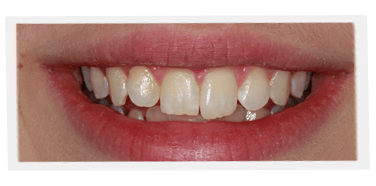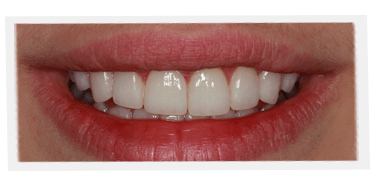
Implants
A dental implant is a support that is anchored to the jaw and helps support a tooth replacement. This procedure requires surgery with a high degree of technical experience and cosmetic dental practice. It is considered a specialization in the dental field and dentists that can perform such surgeries successfully are highly sought after in the Toronto area. Dr. Ed Philips is one such dentist that has received much praise throughout the GTA for his skill and precision when it comes to many dental procedures, including implants. The surgery requires the implant to be embedded in the jaw, where the bone and metallic (or ceramic) structure of the implant fuses with the bone over time to create an extension of the jawbone that can receive a dental prosthetic.
Who would be a good candidate for a dental implant?
Patients that are in need of implants are expected to have good overall dental health. Factors in determining whether a patient is a candidate include:
- Extent of tooth decay
- Health of mucous membranes
- Supportive jaw bones
- Bone size and structure and adjacent teeth
- Smoking status
- Diabetes
- Osteoporosis
- Gum disease
- Whether the patient is using bone building drugs
- The location in the mouth and presence of habits such as teeth grinding
The procedure is very complex and incorporating a foreign material into the body typically has a high failure rate, so dentists must be very sure that the patient meets all criteria necessary to ensure the best chance of successful surgery that will not be rejected.
Procedure
The standard procedure of implantation requires five main actions that your dentist will generally follow for a basic implant. The steps below would occur after the dentist has made molds of the patient’s bite pattern for his/her tooth, bridge or denture and for the procedure they would be under general anesthesia. This is a brief overview of what the patient can expect.
Incision
After the patient has been thoroughly anesthetized, the dentist will make a deep incision along the ridge of the gum, directly above the jawbone. This split tissue will be pulled back to expose the bone underneath. The location of the incision is important to allow for proper gum tissue to wrap the implant or cover it completely depending on what the dentist and patient have discussed for long term plans.
1st Drilling
This is where a highly skilled dentist is really necessary. He or she will use a high speed drill to place a pilot hole in the bone. This process requires much practice and experience so as not to burn or damage the bone, which could result in some of the tissue being damaged.
2nd Drilling
After the pilot hole has been made, the dentist will drill again with a much slower speed drill and several progressively larger drill bits. When the excavation has reached the optimal size for the implant, the drilling can stop. Care is also used during this step to keep the temperature low during the drilling process to avoid nerve and cell damage.
Placement
The implant is then screwed into the cavity with a pressure-sensitive wrench that is designed to prevent the screw from over-tightening or causing undue stress to the surrounding tissue and bone.
Cavity closure
When the implant has been screwed into the bone, the soft tissue that was split is now brought back together in a manner that either allows for just the tip of the implant to show or can be completely covered by this tissue. The choice to embed the implant completely or allow it to break the surface depends on the type of prosthesis that will be installed.
What type of prosthetics can be installed in the implant?
Once an implant is placed in the patient’s mouth, there are a number of options as far as what type of prosthesis can be attached to the abutment. Dr. Ed Philips and his team located in the city of Toronto have several years of experience attaching crowns, dentures and fixed bridges to abutments, which can be supported by an implant. For multiple tooth prosthetics, the patient may require more than one implant in order to secure the prosthetic. They can be further supported by the adjacent teeth when used to anchor the bridge. Typically this type of bridge is a fixed one that cannot be removed by the wearer. These bridges can also consist of as few as two prosthetics, to as many as a full row, which would essentially be a denture. There are also dentures that the wearer can remove. These types of prosthetics have a connector at the anchor points or the abutment itself that allows the individual to remove the denture with minimal effort.
The recovery process from start to finish can take several weeks or months, depending on how quickly the patient heals. The primary goal of all cosmetic dentists is to achieve osseointegration with the initial implantation. Osseointegration is the process of binding the implant to the bone structure, which can occur naturally as long as the implant is embedded properly and not rejected by the body. The process can take as much as six months to ensure primary implant stability, but after the process has taken hold, the dentist can proceed with installing the prosthetic tooth, bridge or denture.
Signs that an implant has achieved stability include a lack of:
- Pain
- Bleeding
- Movement
- Bone loss
Overall the installation of a dental implant is not a major surgery, but allowing proper time for the implant to osseointegrate is key to a successful one. Bone growth is slow but paramount to the success of keeping the implant from any mobility. Dr. Ed Philips and his team in Toronto are dedicated to their patient’s long term success, so they can be sure every effort will be made to achieve a positive result with their dental implant. If you are located in the GTA and in need of cosmetic dental work, you would do well to consult Dr. Ed Philips and his staff.



